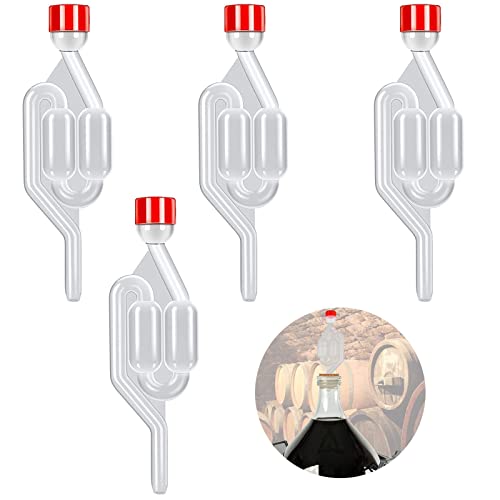Sadfield
Landlord.
The rapid release of insoluble Nitrogen, due to the release of pressure. And then co2. Its all about promoting an instant head on a beer with low carbonation. Whether it be a pressurised keg or a can with a widget. Same with hand pulled cask, drawing air (largely containing nitrogen) through the beer, or even those ultrasonic devices. Without agitation the low levels of co2 are slow to be released and will happily remain in solution, not the nitrogen.Re: your second point - what forms the creamy head?
CO2 isn't that keen. The colder the beer more CO2 it retains as carbonic acid, even in beer prior to priming or force carbonation. That's why a mix is used rather than pure nitrogen. It makes keg Guinness dispensable without making it too fizzy, but the quick release of nitrogen replicates the head from hand pulled cask.
Same with Nitro Milk Stout from bottle.
"The key to making the Milk Stout Nitro work is pouring it hard and not tilting the glass. The point is to release the nitrogen. And in case drinkers have trouble figuring that out, the brewery added a QR code to its striking label that allows people to go straight to a video that shows them how pour."
https://www.westword.com/restaurant...s-craft-brewer-to-bottle-a-nitro-beer-5727867
Last edited:





























![BREWING THERMOMETER STICKERS ACCURATELY MONITOR FERMENTING BEER & WINE LIQUID TEMPERATURES 5PCS HOME BREW SPIRITS WINE LCD ADHESIVE [US]](https://m.media-amazon.com/images/I/311DDjo2X3L._SL500_.jpg)












